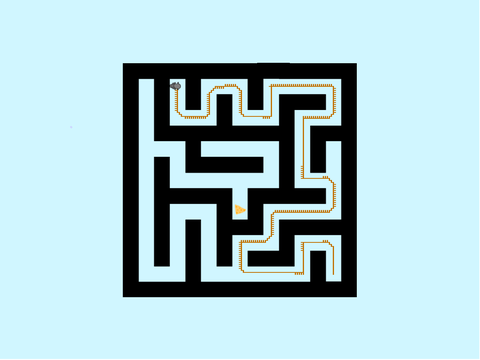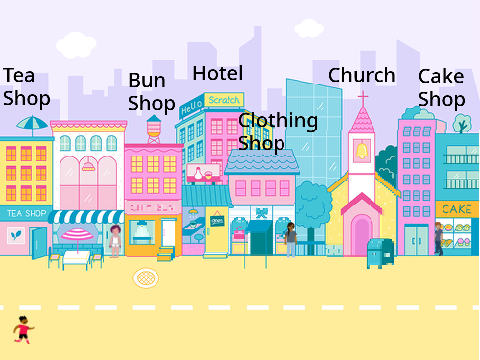EZ Nutrition and Education
The Project
1. Tell us about your project. Why did you choose to make this project? EZ Nutrition and Education is a mobile app that targets millions of parents and caregivers in rural China and provides a solution to the regions’ early childhood underdevelopment problems. In the summer of 2019, I went to China to teach at an elementary school in a remote village. I noticed half of my students seemed to experience some level of learning difficulties. Research has shown Early childhood underdevelopment is a significant issue in rural China. One in three rural Chinese children are cognitively delayed and over half suffer from lack of nutrition. Almost 54% of rural children live with some degree of language impairment. 2. What did you find difficult while making your project and how did you work it out? There are two major issues. First, Children need proper food consumption. Without healthy doses of nutrients, both the body and the brain are unable to function as they should. Secondly, researchers find rural caregivers, particularly grandparents, don’t interact with their children enough. They don’t understand the importance of stimulating baby talk, and they don’t play with their babies. To solve the nutrition deficiency problem, our app provides suggested food menus based on users’ profiles. Then the caregiver is able to record the amount and types of food a child consumes. The system can calculate the daily intake of calories, macronutrients--protein, carbs, and fats. Users will then receive a rating of the day’s meals, and recommendations based on the data. To solve the lack of interaction problem, the app selects activities such as hide-and-seek, listening to lullabies, and reading stories, which are designed to engage the children’s early brains. It contains a built-in calendar as well, which gives the caregivers foresight into the schedules ahead. 3. Uniqueness The current solution in rural China is limited through ECD centers, which is costly and less effective. Our solution is not only targeting the underprivileged market segment but is rather scalable. We have made sure that this solution is affordable, accessible, and impactful for the average consumer. Food safety is an important issue. In our APP we have used the government-issued Nutrition Guidelines of Complementary Feeding for Infants and Toddlers issued by the National Health Commission of the people’s republic of China. We compare each child’s food intake with the government guidance to tell the caregivers whether the nutrition is balanced and which area needs improvement. For example, for a two-year-old boy, the government nutrition guideline suggests a daily intake of 900 kilocalories, 25 grams protein, 35% calories from fat, and 120 grams of carbohydrate per day. Using our app, caregivers make a record of the child’s diet and easily calculate the amount of each nutrition category the child has taken, whether it is less or more than the suggested amount. This way the caregivers can adjust the daily meals to improve the nutrition balance of the child. Ensuring healthy lives and promoting well-being at all ages, particularly the young generation, is essential to sustainable development and building prosperous societies. 4. Is there anything you would do differently or you would add if you had more time? If we have more time, we would like to incorporate build-in AI technology and a digital visual recognition function to make it more user-friendly.
About the team
Team members
More cool Community projects
Hidden Cheese
Scratch

Helping the Poor
Scratch

